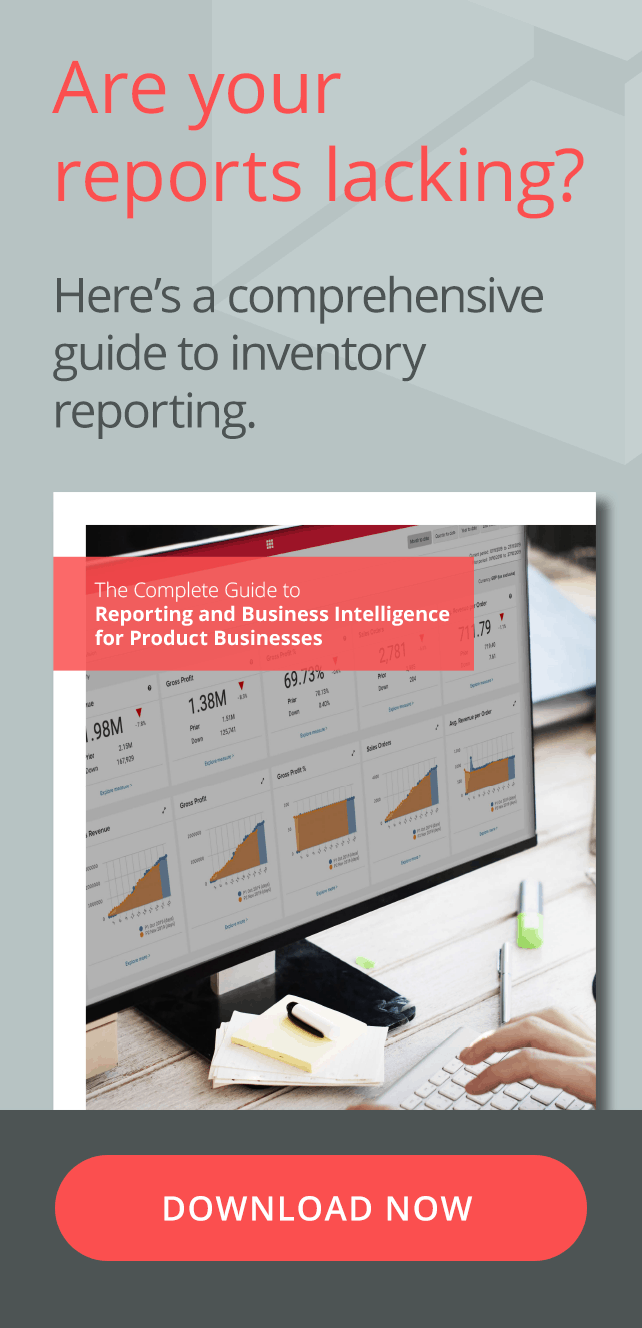Average Order Value (AOV) is a metric that helps retailers understand their customers’ purchasing behaviours. An average order value tracks the average dollar amount spent every time a customer places an order.
Like with all other key metrics, AOVs can be tracked over any time period, but most companies prefer to monitor their AOVs as a moving monthly average.
The importance of average order value
Knowing your company’s average order value helps you to evaluate your pricing strategy and online marketing efforts by providing the metrics needed to measure the long-term value of individual customers.
A benchmark of customer purchasing behaviour, AOVs aid goal setting and strategy enhancement and help you to evaluate how well those business strategies are working. An increase in AOVs for online retailers strongly correlates to an increase in profit. When a retailer can improve their average order value, they can directly improve profit and revenue growth.
Knowing average order values offers a window into shopper behaviours and how much they are spending on your products. When you understand what your customers are spending per order, you can then plan pricing and marketing strategies to improve the value of each order.
There are always transaction costs associated with each customer order, but because the customer is already buying from your online eCommerce store improving your AOVs can reduce those costs and significantly increase revenue to achieve greater profitability.
Calculating the average order value
Calculating your eCommerce businesses average order value is as simple as dividing total revenue by the total number of orders in a period. For example, if eCommerce sales for the month of June were $25,000 from a total of 800 orders:
$25,000 / 800 = $31.25
The AOV for the month of June is therefore $31.25 and while the metric is generally calculated monthly, but it can also be calculated on a weekly or even daily basis. Daily calculations are a way of determining AOVs for specific shopping events such as Black Friday or Cyber Monday sales events.
Improving your average order value
Numerous strategies will help to increase your average order value, and there are essentially two different ways to encourage your customer to spend more, either by purchasing more or by buying more expensive products.
AOV optimisation can be achieved across all stages of the sales funnel and it is possible to encourage customers to purchase additional products related to what is placed in their shopping cart. For example, batteries for electronic devices, or make-up brushes and accessories with make-up purchases.
Alternatively, you can prompt shoppers to consider more expensive items or a best-selling alternative by placing an enticing selection of products in front of them. These items can be displayed in such a way as to motivate a purchase or with direct incentives such as free shipping. Other successful strategies for increasing AOVs include:
- Cross-selling, the selling of a different product or bundling of complementary products to provide an additional benefit to the customer. A well-known example of upselling is the fast-food industry question, “Would you like fries with that?”
- Upselling is persuading a customer to upgrade their purchase or to buy a more expensive version of the product such as an updated style of a smartphone.
- Discounts or money off the next purchase when spending over a set amount. For example, “get $10 off your next purchase when you spend $50 or more”.
- Volume discounts also offer goods at a reduced price per item when purchasing more. For example, get five widgets for the price of four or 50 percent off the purchase price of a second pair of shoes.
- Free shipping and returns. Free shipping can be offered as an incentive for a higher minimum purchase amount such as for purchase amounts over $100 or free shipping for product returns that reduce the risk of purchase in the customer’s mind.
Before implementing these strategies, you should first segment your customers into different groups based on their purchase history, targeting each group with different offers. For example, upselling and cross-selling may increase AOVs of low-frequency shoppers while loyalty and rewards programs can improve the AOV of high-frequency shoppers.




